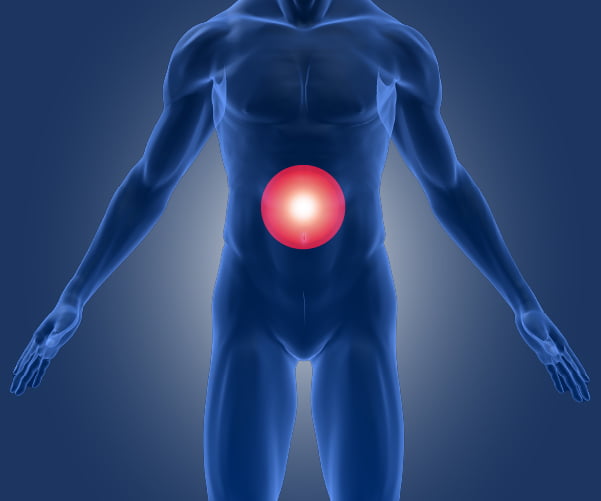What is it? An abdominal wall hernia is an opening in the abdominal wall muscles. Through this opening, part of the abdominal content, fat or both can protrude and cause a noticeable bulge.
Why it happens: From a mechanical point of view, the abdomen is a cavity enveloped by muscles and bones. The pressure of the cavity is transmitted equally to the walls of the cavity. If there is an increase in abdominal wall pressure which exceeds the pressure of the wall then the wall will rupture at its weakest point. This causes a hernia. Once a hernia has formed, it will continue to enlarge in size due to the increase in wall tension at that location. Increases in abdominal wall pressure can be caused by heavy weight lifting and heavy exercise but also from routine daily activities such as coughing, laughing, sneezing or being constipated.
Frequency: Approximately 40000 anterior abdominal wall hernia repairs are performed yearly in the UK. This figure accounts for all the subtypes of hernias described below.
